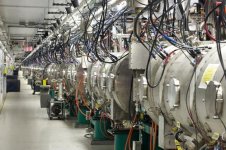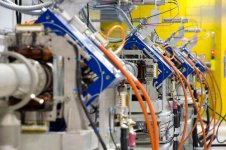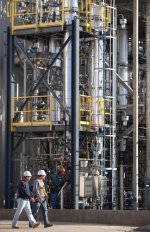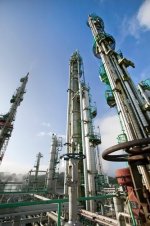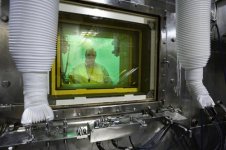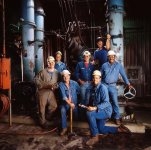michaelwj
----------------
I used to be a hater on the Düsseldorf school. Once I saw a collection of large prints, including several by Gursky, I was converted. For me the images are like Color Field paintings, especially for example Rhein II.
I also thoroughly enjoyed Struth's exhibit at the High in Atlanta last year that x-ray mentioned. I spent hours there looking at his industrial images.
Agreed. The small scale and screen presentation don't do any of it justice. Once you see it in (very) large prints, wow. It takes on a whole different meaning.
And I like rap and country music (some of it anyway). Much the same as I like almost all types of art (some of it anyway).


